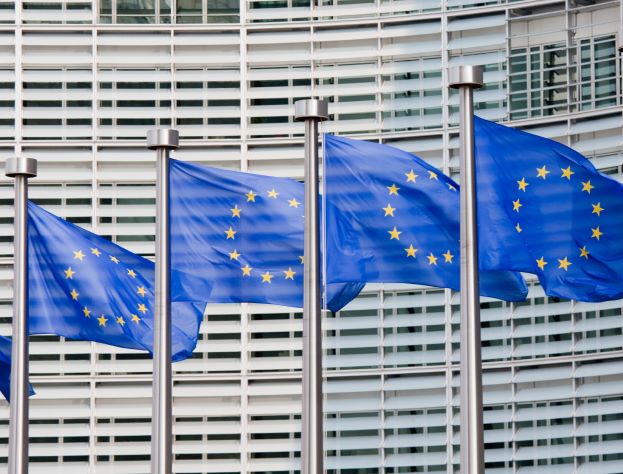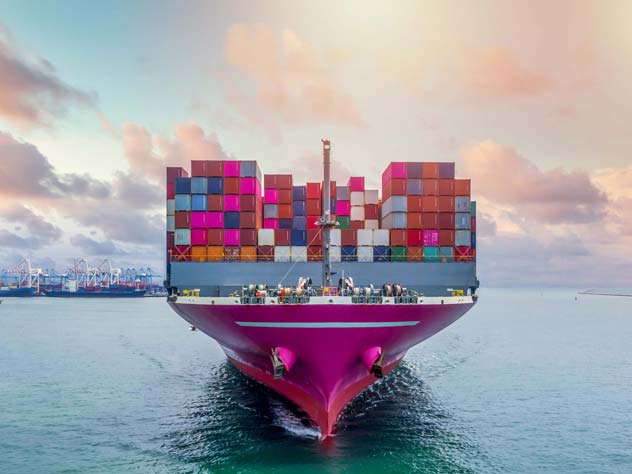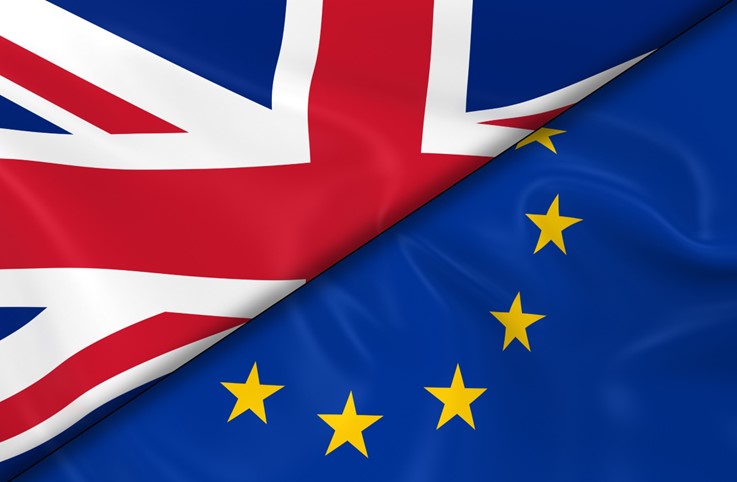The Border Target Operating Model (BTOM) is integral to the UK Government’s ambitious 2025 UK Border Strategy. This article will provide a simple breakdown of BTOM and explore another critical component of the plan, the Single Trade Window (STW). We will also examine the strategy’s broader implications and its main takeaways for customs, businesses, and the logistics industry.
The UK’s Border Target Operating Model
The UK Government’s 2025 UK Border Strategy is a comprehensive outline to create the most effective border in the world. In short, the BTOM plays a central part in realising the plan. Its primary function is to balance the need to implement an efficient and effective border to make import processes as simple as possible for businesses.
BTOM outlines the UK Government’s approach to safety and security controls for all imports. The Model states that it will not only alleviate trader burdens and safeguard security but it will also ensure that the border is aligned with international standards. These are the main touchpoints:
- Streamline the safety and security data requirements needed for imports.
- Simplify data submission through the UK Single Trade Window (STW).
- Optimise governmental data usage by removing duplication.
- Remove selected safety and security requirements.
As well as the above, BTOM will also cover sanitary and phytosanitary controls, spanning live animals, germinal products, animal products, plants, and plant products. There are three key elements to this new approach, which are:
- A new global risk-based approach that categorises goods based on the commodity and origin.
- Simplified and digitised health certificates to further automate data collection.
- Piloting facilitated imports for authorised importers who meet regulatory requirements and standards.
Implementation of BTOM began in January 2024 and started with the introduction of health certification on relevant EU goods and produce. It will be rolled out in stages to allow businesses to prepare thoroughly.
Multi-year programmes
As part of the strategy’s implementation process, the government plans to run several multi-year programmes that pool insights from officials, industry, and border users. The objective is to ensure that all the necessary stakeholders can contribute to a realistic and workable border policy—fit for purpose and whatever the future has in store.
Single Trade Window
As briefly mentioned above, an integral part of bringing the BTOM to life was the STW. In principle, the STW was intended to help British businesses leverage new trading relationships and enhance the UK’s position as a global trade hub. It was designed to be a simplified, secure gateway where traders and intermediaries could efficiently submit necessary information to the UK Government in one place.
Following the new UK Government’s Phase 1 Spending Review in October, it was announced on 5 November 2024 that the development of the STW for the 2025-2026 financial year has been paused.
This decision means that the initial strategic release of STW functionality will not be made public this year. The pause allows the new government to reassess and engage more deeply with traders, ports, software developers, and other key stakeholders to better understand their needs for future border operations. This insight will enable a thorough re-evaluation of how digital tools can best support border priorities and improve the trader experience.
To support businesses trading across the UK border, the new government will re-examine the role of the STW and provide an update in the next phase of the Spending Review, expected in late Spring 2025. As part of Kuehne+Nagel’s engagement with the UK Government, the Cabinet Office will continue discussions with us and other stakeholders about the future of the STW in due course.
Electronic Travel Authorisation
The Electronic Travel Authorisation (ETA) scheme aims to radically streamline the border processes for people entering and leaving the UK. The objective is to provide a fully digital end-to-end user journey, removing the need for physical documentation and extended wait times. ETA will apply to those passengers visiting or transiting through the UK who don’t currently need a visa for short stays.
Whilst this programme is more relevant to travel, it will still impact the logistics industry. One of the most pertinent aspects is truck drivers crossing the UK border.
Review agencies and border checks
Although this is a more wide-ranging programme, the desired outcome is to better streamline the current checks and assess the UK Government’s border presence to ensure maximum efficiency. STW and ETA feed into this point and, in principle, should contribute to a modern and effective border.
The implications for trade are far-reaching. Border delays caused by numerous agencies carrying out individual checks on goods can substantially impact businesses. Whilst it’s vital to ensure goods entering the UK are compliant, it’s also critical to avoid unnecessary backlogs. Trusted trader status is another key initiative to give businesses more certainty around the checks they will incur at the border, making supply chains more resilient in the process.
2025 UK Border Strategy—the foundations
After its introduction to Parliament in December 2020, the UK Government’s 2025 UK Border Strategy set out a wide-ranging and robust plan to rejuvenate the country’s border. In the wake of Brexit and the COVID-19 pandemic, government officials and civil servants highlighted the need to ensure the smooth and predictable flow of people and goods, in and out of the UK.
Although the plan covers many touchpoints, there are three main and discernible objectives the UK Government wants to achieve. These are:
- Defining the UK Government’s approach to closely collaborating with the border industry and users to better design, deliver and innovate around the border.
- To flesh out a long-term Border Target Operating Model (BTOM) that sets out the key elements of the border the UK Government intends to create.
- A comprehensive breakdown of the transformations the UK Government and industry must deliver by 2025 and beyond to implement the proposed border.
Regarding the last point, there are six major transformations the strategy seeks to implement across the UK border, namely:
- A user-centric border approach—develop a coordinated approach to border design and delivery in partnership with industry.
- Comprehensive border data—combine government data for a holistic view of border information.
- Resilient ports—create secure and efficient “ports of the future” at border crossings.
- Upstream compliance—shift processes away from the actual frontier where possible.
- Staff capability and communication—enhance skills and simplify communication with users.
- Border development—influence global border practices to benefit the UK’s interests and trade.
If you’re keen to understand what the 2025 UK Border Strategy means for your business, please get in touch with one of our logistics experts.











